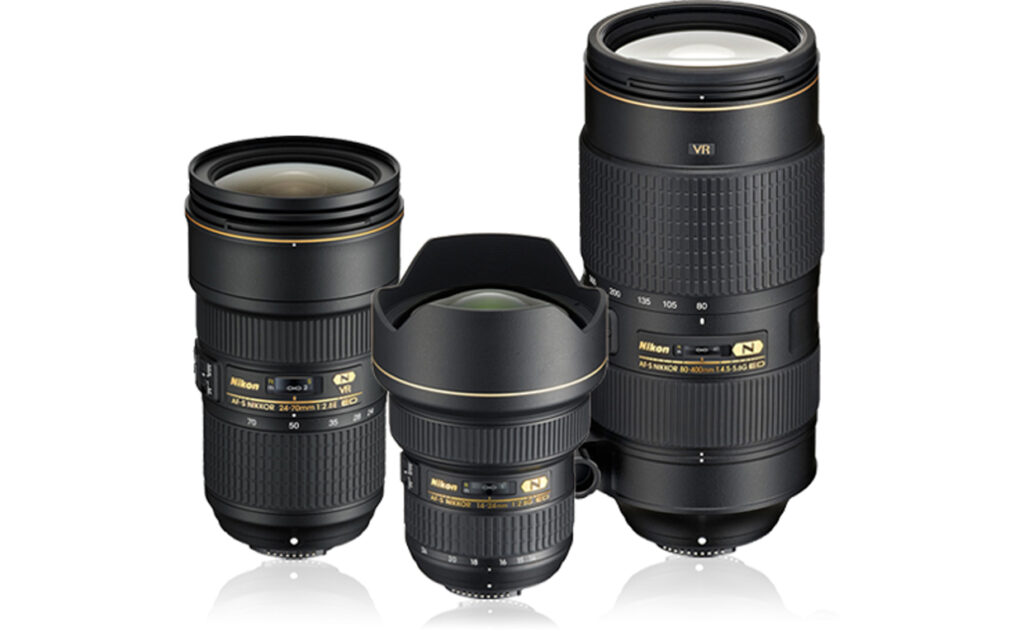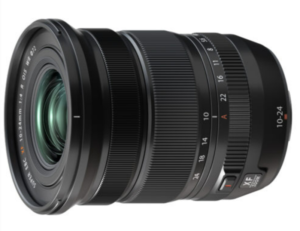Through the Lens: Exploring the World of Camera Optics
As photographers, many time we haunted over cameras, megapixels, and sensor sizes. But let’s not forget that the unsung heroes of photography are the camera lenses. These glass marvels shape our inventive vision, allowing us to capture stunning images. In this blog post, we’ll in-depth exploration into the fascinating world of camera lenses.

1. The Scrutiny of a Lens
Modern lenses are intricate devices with several components. Let’s break down their part:
- Front Element: The first piece of glass that collects light and bends it toward other lens elements.
- Zoom Ring: Rotates to zoom the lens in and out.
- Focus Ring: Rotates for manual focus (doesn’t move during autofocus).
- Lens Hood Thread: Attach a lens hood to block sunlight and reduce flare.
- Filter Thread: Attach lens filters for light modification.
- A/M Switch: Toggle between autofocus and manual focus.

2. Camera Lens Jargon
When choosing a lens, two demanding terms matter most:
Focal Length (mm): Determines the field of view. Shorter focal lengths (wide-angle) capture more scene, while longer focal lengths (telephoto) zoom in on distant subjects.
Maximum Aperture (f/number): Affects depth of field and low-light performance. Lower f-numbers (e.g., f/1.8) allow more light and better background blur (bokeh).
3. Types of Lenses
Prime Lenses:
- They have fixed focal length (e.g., 50mm f/1.8).
- It doesn’t zoom, but it excels in other areas.
- Excellent for portraits and low light.
Popular Prime Lenses
- 50mm f/1.8: A versatile lens for portraits, street photography, and low-light situations.

- 35mm f/2.8: Ideal for environmental portraits and storytelling.

- 85mm f/1.4: Perfect for stunning portraits with creamy bokeh.

- 24mm f/1.4: Great for landscapes and wide-angle shots.

Zoom Lenses: Zoom lenses are important tools for photographers who require utility without frequently changing their lenses. They cover a range of focal lengths, making them excellent for capturing everything from wide landscapes to detailed portraits. Let’s explore some famous zoom lenses across different brands:
Popular Zoom lenses:
- Canon EF 24-70mm f/2.8L II USM:

- Top Pick: Known for exceptional image quality and versatility.
- Wide aperture (f/2.8) for low-light performance and shallow depth of field.
- Ideal for portraits and general photography.
- Quick autofocus and excellent sharpness.
- Fujifilm XF 8-16mm f/2.8 R LM WR:

- Best Wide-Angle Zoom: Offers an ultra-wide perspective.
- Great for landscapes, architecture, and creative shots.
- Constant aperture of f/2.8 for consistent exposure.
- Weather-resistant build for outdoor use.
3. Nikon AF-S FX NIKKOR 200-500mm f/5.6E ED:

- Excellent telephoto zoom for wildlife and sports photography.
- Reach distant subjects with its 200-500mm focal range.
- Good image quality and vibration reduction (VR) technology
4. Sony 18-135mm F3.5-5.6 OSS APS-C E-Mount Zoom Lens:

- Versatile zoom for Sony APS-C mirrorless cameras.
- Covers wide-angle to telephoto (equivalent to 27-202.5mm).
- Lightweight and compact design.
5. Canon EF-S 18-200mm f/3.5-5.6 IS:

- All-in-one zoom lens for Canon APS-C cameras.
- Wide focal range (equivalent to 29-320mm).
- Image stabilization (IS) for handheld shooting.
- Convenient for travel and casual photography.
Remember that the best zoom lens depends on your specific needs, budget, and camera system. Whether you’re a professional or an admirer, these lenses offer various options to enhance your photography experience. Happy shooting! 📸✨
Wide angle lenses: A wide-angle lens has a shorter focal length than the length of the camera’s sensor or film. Wide-angle lenses are fabulous for capturing large-scale images, highlighting depth, and producing unusual viewpoints. Let’s examine a few widely used wide-angle lenses for various camera systems.
Some popular Wide angle lenses:-
- Sigma 14-24mm f/2.8 DG HSM | A (for Canon full-frame DSLRs):

- Focal Range: 14-24mm.
- Aperture: Wide f/2.8 for low-light performance.
- Usage: Ideal for landscapes, architecture, and creative compositions.
- Rokinon 10mm f/2.8 ED:

- Focal Length: 10mm.
- Features: Ultra-wide rectilinear lens.
- Applications: Great for capturing vast landscapes and dramatic perspectives.
- Why: Distortion-free images and impressive sharpness.
- Nikon AF-S NIKKOR 16-35mm f/4G ED VR:

- Zoom Range: 16-35mm.
- Aperture: Constant f/4.
- Usage: Versatile for both wide-angle and standard shots.
- Why: Vibration reduction (VR) and excellent image quality.
- Canon EF-S 10-18mm f/4.5-5.6 IS STM:

- Focal Range: 10-18mm (for APS-C cameras).
- Features: Lightweight and affordable.
- Ideal For: Landscape photography, travel, and creative compositions.
- Why: Good image quality and image stabilization.
- Fujifilm XF 10-24mm f/4 R OIS:

- Focal Length: 10-24mm (for Fujifilm X-series).
- Aperture: Constant f/4.
- Usage: Landscape, architecture, and street photography.
- Why: Optical image stabilization (OIS) and sharp results.
- Sony FE 12-24mm f/4 G:

- Zoom Range: 12-24mm (for Sony full-frame mirrorless).
- Features: Compact and lightweight.
- Applications: Wide-angle landscapes, interiors, and creative shots.
- Why: Excellent image quality and minimal distortion.